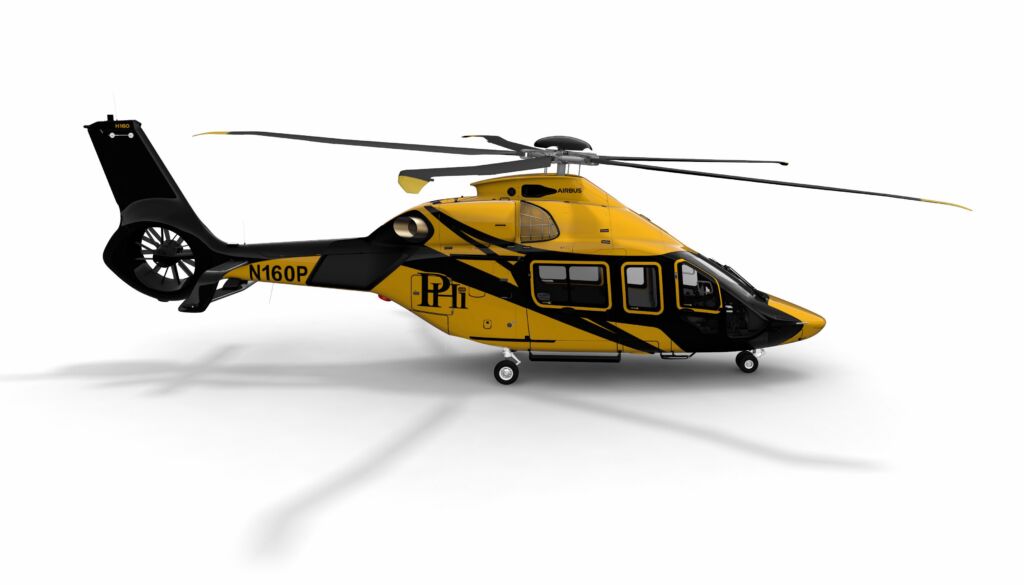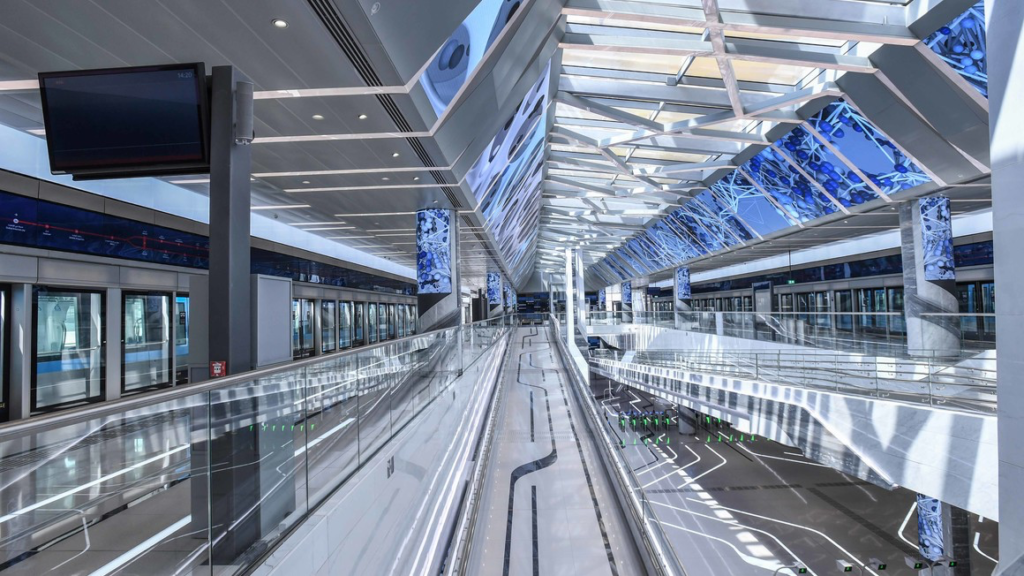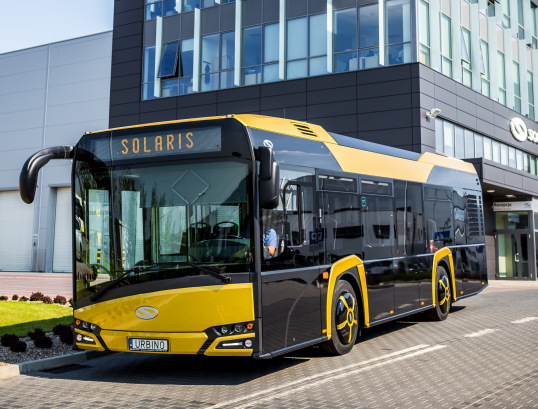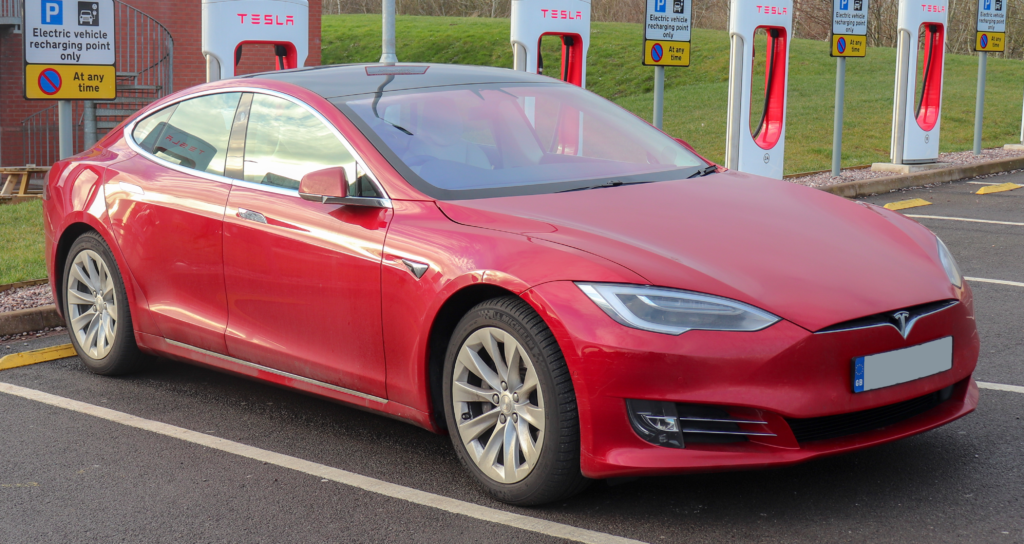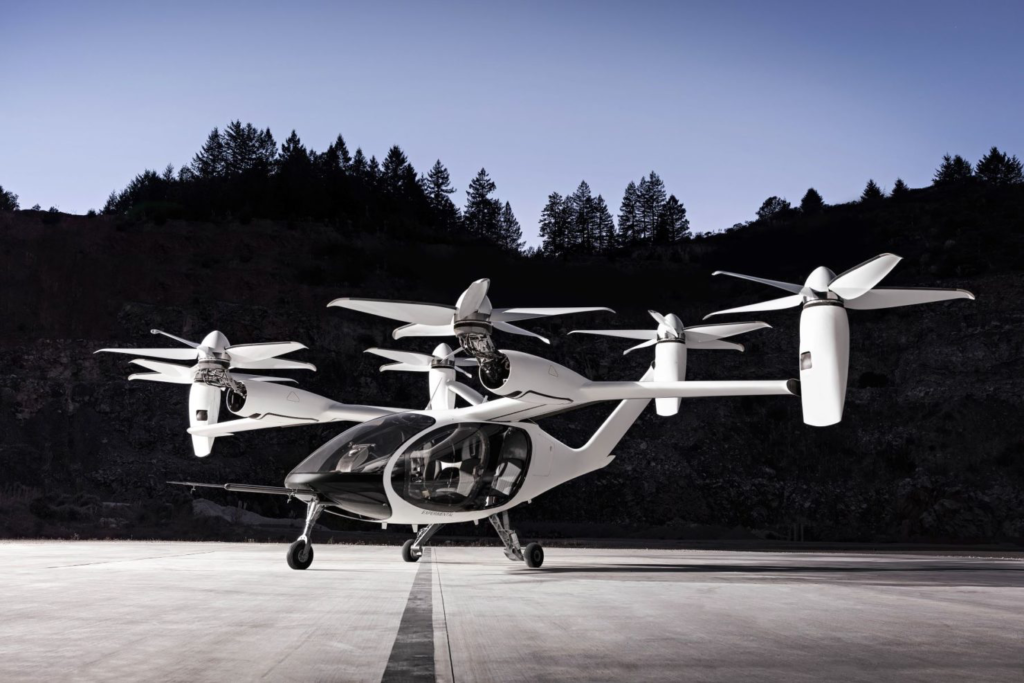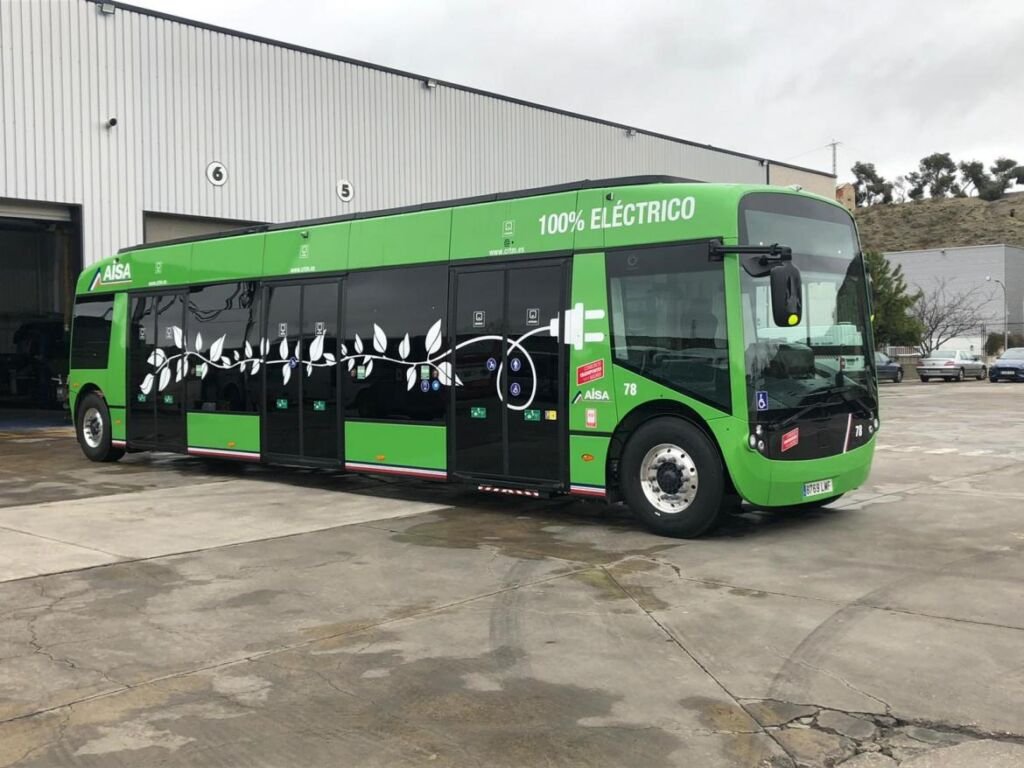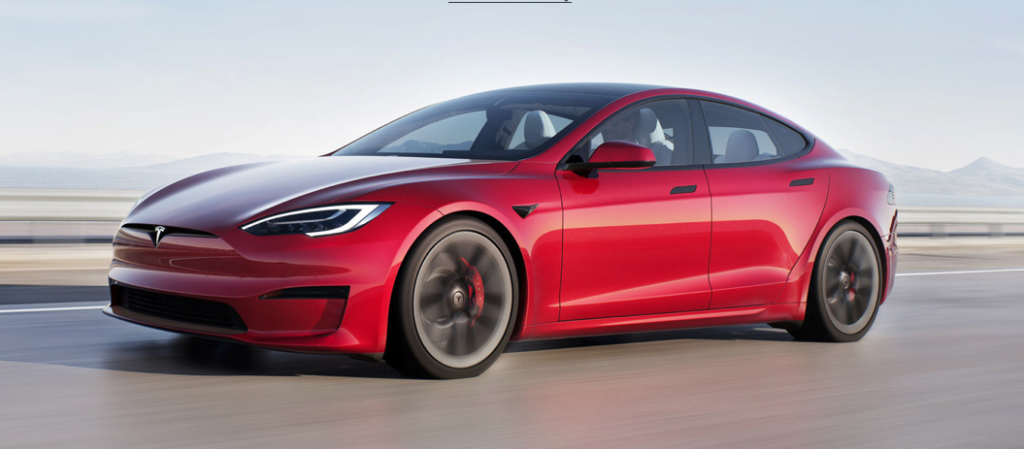Shell Selects H160 for Operation by PHI in Gulf of Mexico
Marignane, France, 15, February, 2021 – International energy group Shell has selected leading US offshore helicopter operator PHI to operate four Airbus H160's to service a support contract in the Gulf of Mexico. The contract marks the…
